- Empty cart.
- Continue Shopping
Burning Bush | Laal Jhari plant
₨500.00
Laal Jhari Plant (Burning Bush): A Botanical Marvel
It’s the Laal Jhari plant. It’s often called”the “Burning Bush” is a beautiful species that has caught the interest of landscapers, botanists and botanists, as people who love all things natural. It’s renowned for its stunning red leaves, as well as distinctive characteristics that differentiate its species from the rest and makes it unique. It is also known as the Burning Bush is also called”the Burning Bush (scientifically named *Euonymus alatus) is a perennial plant which adds colors to landscapes throughout the fall season. Its fiery appearance and look that is reminiscent of fire is what gives it its name “Burning Bush” is the ideal plant for landscaping with landscape flowers, ornamental plants and various other plants for landscaping.
Origins and Distribution
Burning Bush Burning Bush originates first in Northeast Asia, including regions where it is found China, Japan, and Korea. At first the plant was spread into various areas across the world. The area covered was North America and Europe, heavily planted to improve the beauty of its appearance. Certain regions are thought to be invasion species due to the speed at which it spreads and then eventually take over the native species. However, its stunning design and minimal maintenance makes it a desirable choice for people who want to garden.
Physical Characteristics of Laal Jhari plant
Laal Jhari is a Laal Jhari plant. It’s a medium-sized tree which can grow in heights of 5 to 10 feet. This plant is characterized by similar spread. One of the distinctive features that this tree has is the larger branches, which are embellished with corky ridges extended over the leaf. The ridges give the plant distinct texture. They also provide visually pleasing features throughout winter, when leaves begin to fall off.
The leaves of Burning Bush are oval-shaped, deep green, and placed opposite of the leaves. The most striking aspect of the plant is the autumn, when the leaves change to a stunning red. It appears as if it’s a “burning” bush. The stunning change in hue is just one of the numerous reasons why the plants are extremely popular due to the gardens it is designed to look like.
In addition, it contains leaves. It also produces leaves. Additionally, it makes flowers. It also has leaves. Burning Bush produces small delicate flowers from the final days of spring until the beginning of summer. The flowers are usually of a yellow shade, but they are later followed by fruit that have an orange-reddish shade. Its flowers are removed to reveal seeds, which are the orange. Although the fruits and the blooms may not look impressive, they could add a touch of fascination.
Cultivation and Care of Laal Jhari plant
It is a Laal Jhari plant can be well-maintained. It’s the most desired plant among gardeners who are only beginning their path, and for veteran gardeners. It’s an excellent plant to have in soil that is well-drained. It is a great choice if it’s exposed to the full sunlight, and also some shade. It can be adapted to different soil types, but it thrives when it is in slightly acidic or neutral soils.
One of the primary benefits and main benefits that come with Burning Bush is its ability to adapt to different situations. It is a sturdy plant that can be used in USDA zones 4-8. This means it can endure the extreme heat and the cold winters. But, it’s essential to note that the brilliant autumn colors will be visible when the plant is grown in full sun.
Pruning does not have to be done to ensure that you can continue cutting The Burning Bush, but it’s a must in order to keep the proper dimension or form. Pruning is best done around the time of winter’s beginning and at the conclusion of winter, or around the beginning of spring as the plant starts to grow. It’s crucial to ensure that the plant is hydrated when it is beginning to develop. When it is established, the plant will have the ability to withstand dry spell for a long time.
Ecological Impact and Concerns
The Laal Jhari plant is admired because of its gorgeous appearance yet it’s responsible for the environmental problems in specific regions. Some regions within North America, the Burning Bush is recognized as an invader species. The ability of this plant to produce many seeds, which are later scattered by birds can enable it to grow fast and rapidly, and even take over the native plants. This could cause a surge in the diversity of plants, and may change the ecology at a global level.
The day’s end. The day’s conclusion is that some zones have placed limitations on the cultivation or trading of Burning Bush. Gardeners should think about other types that provide the same appeal and advantages, but they aren’t damaging the environment.
Symbolism and Cultural Significance
The term “Burning Bush” carries deep symbolic meaning throughout society and the worldview of religion and is significant in the context of Christianity. This expression often refers to the account from the Bible about Moses gathering at the time of the burning at the bush. The tree was not destroyed and that demonstrates the powerful strength of God. It is the signification of spiritual significance for the tree. The result is an image that holds significance, or an important religious value.
Conclusion
Actually, it’s in fact the Laal Jhari plant, also commonly known as Burning Bush. Burning Bush, is a perennial with beautiful in its natural form, breathtaking in its beauty and is easy to grow. Its fiery-colored leaves during autumn as well as its unique wings, which hang from its stems, as and its diversity are factors that make it a wonderful option for gardens and landscaping. The potential for it to develop into an invading species within certain zones emphasizes the importance for environmentally-friendly landscaping techniques. If you select indigenous species or limit the growth of this particular plant, gardeners will be able to enjoy the stunning beauty and elegance in Burning Bush while minimizing its environmental impacts. If you’re awed by its gorgeous design and appearance or due to its symbolism significance, symbolism or significance of its symbolism, it represents significance. Laal Jhari Plant is certain to keep surprising and delight those who come upon it.
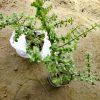
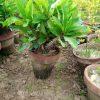
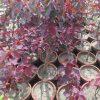
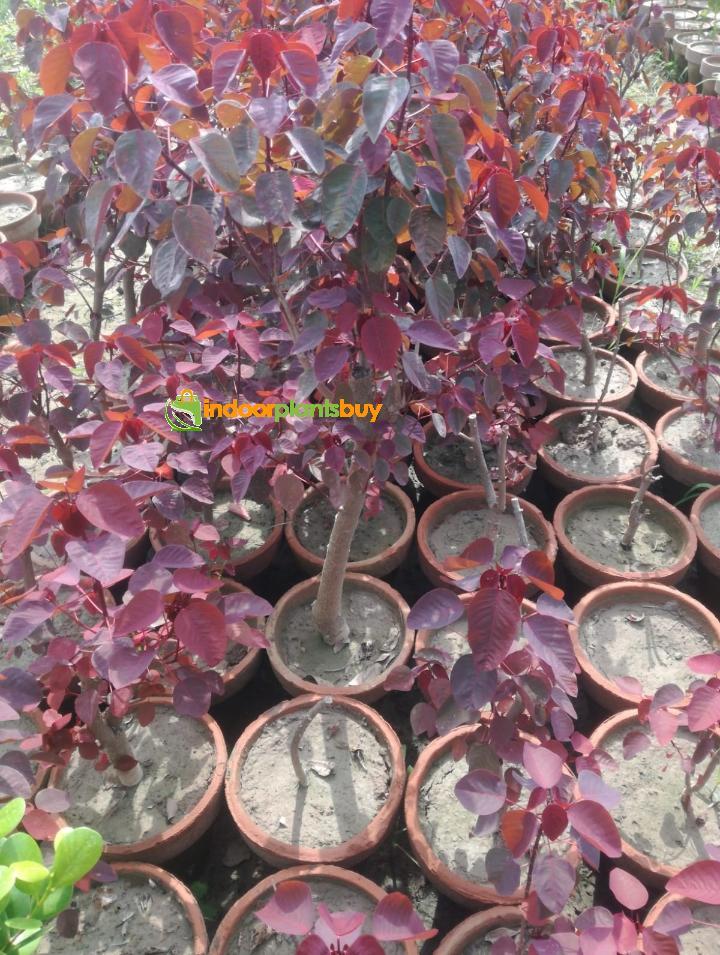

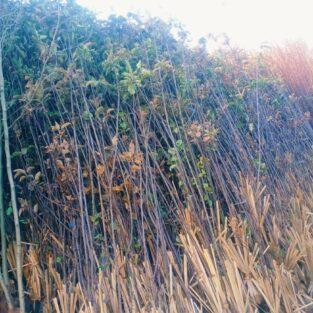
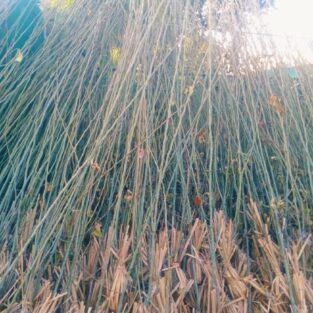
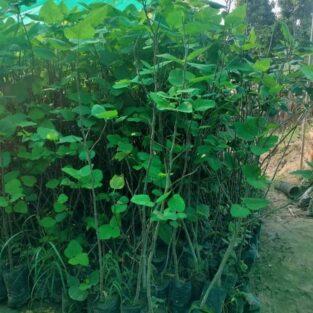
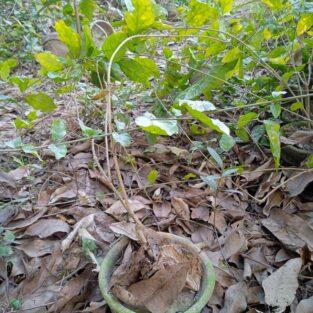
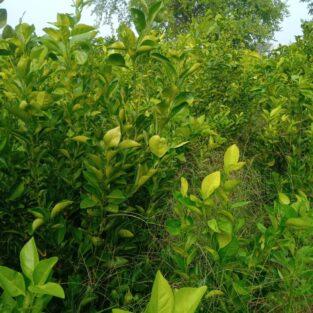
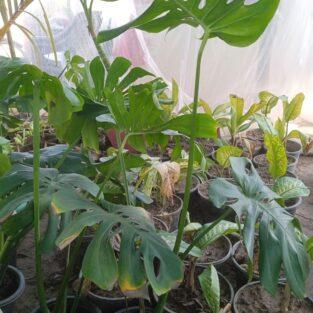
Reviews
There are no reviews yet.